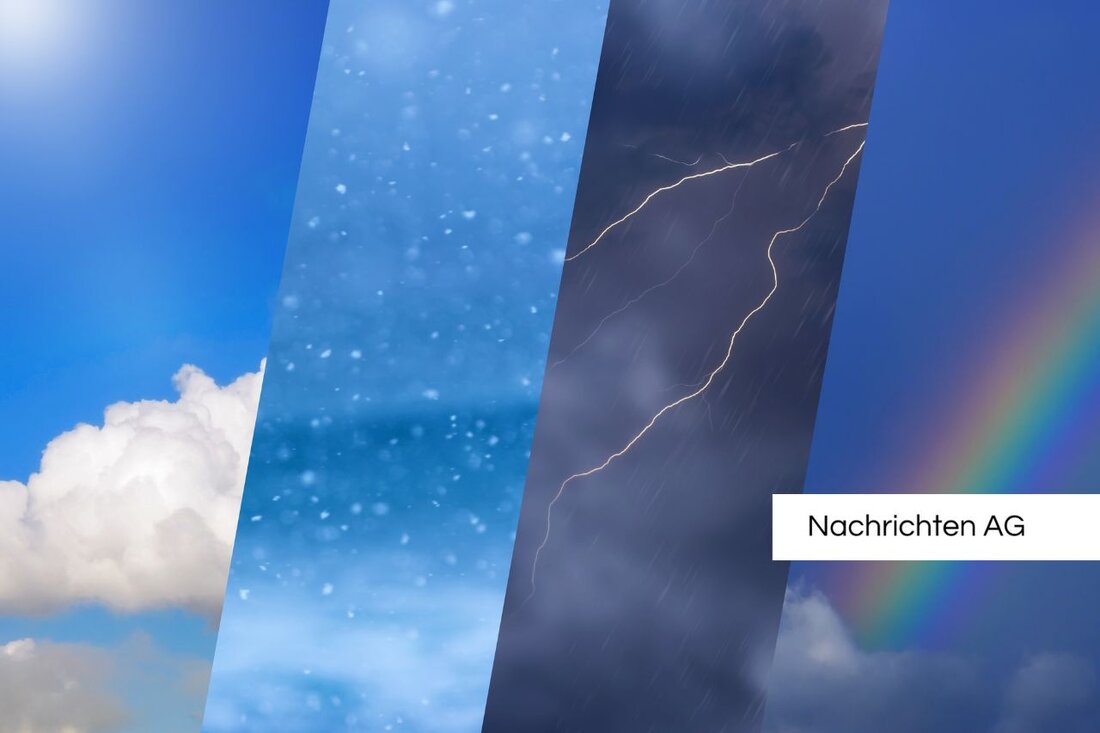Hobby winemakers from Selb create unique wine in the Fichtelgebirge!
Discover the world of hobby winemakers in Wunsiedel who produce exceptional wines from the Fichtelgebirge.

Hobby winemakers from Selb create unique wine in the Fichtelgebirge!
Five passionate hobby winemakers from Heidelheim in the Fichtelgebirge have taken on the challenge of not only making their own wine, but also changing the face of viticulture in a region where it is rarely expected. Erwin Badmüller and his friends cultivate over 100 vines here and create a very special wine from the region. Viticulture in the Fichtelgebirge is considered unusual, but it is precisely this diversity that makes it exciting Frankenpost reports.
But how do hobby winegrowers manage to ensure the quality of their grapes? Vineyard care is crucial. This also includes winter pruning, which winegrowers carry out between January and February. It is important to cut off the woody summer shoots except for one or two canes. This step not only serves to limit yields, but also to increase the quality of the grapes - an aspect that should never be neglected in viticulture vinoalma firmly.
Seasons in viticulture
In March and April the buds break open and the winemakers are called upon to plow the vineyards. Tractors are often used here, and in areas that are difficult to access, horses or mules are also used. Meanwhile, care is taken to ensure that the vines develop optimally. When the time is right for new plantings, this usually happens and contributes to the future of viticulture.
The months of May and June are characterized by flower development. Especially at this time, winemakers have to pay attention to the weather, as wet conditions can promote mildew. To counteract this, they use rose bushes as an early warning system on the edge of their vineyards. This harmonious symbiosis between nature and viticulture is evident in every step the winegrowers take to optimally promote their grapes.
The peak of the harvest
The grape harvest, the highlight of the wine year, finally takes place in September and October. The winemakers then have to act quickly to bring the grapes to the winery undamaged and to avoid oxidation. For a successful harvest, it is important to precisely determine the optimal harvest time - a fine instinct that the winemakers from Heidelheim have developed over their many years of service.
In a year with optimal weather conditions, the first grapes can be harvested as early as August, while in other regions the harvest often lasts until November - especially for noble-rotten grapes that are needed for ice wines. Winter then brings peace to the vineyards before the winegrowers pick up the shovel again in the new year and start pruning.
This shows that work in the vineyards is a continuous cycle that requires a lot of dedication and knowledge. And although viticulture in the Fichtelgebirge represents an unusual challenge, Erwin Badmüller and his team have discovered the beautiful sides of this craft hobby. This is how the wine and the passion behind it remain alive in this region.

 Suche
Suche
 Mein Konto
Mein Konto